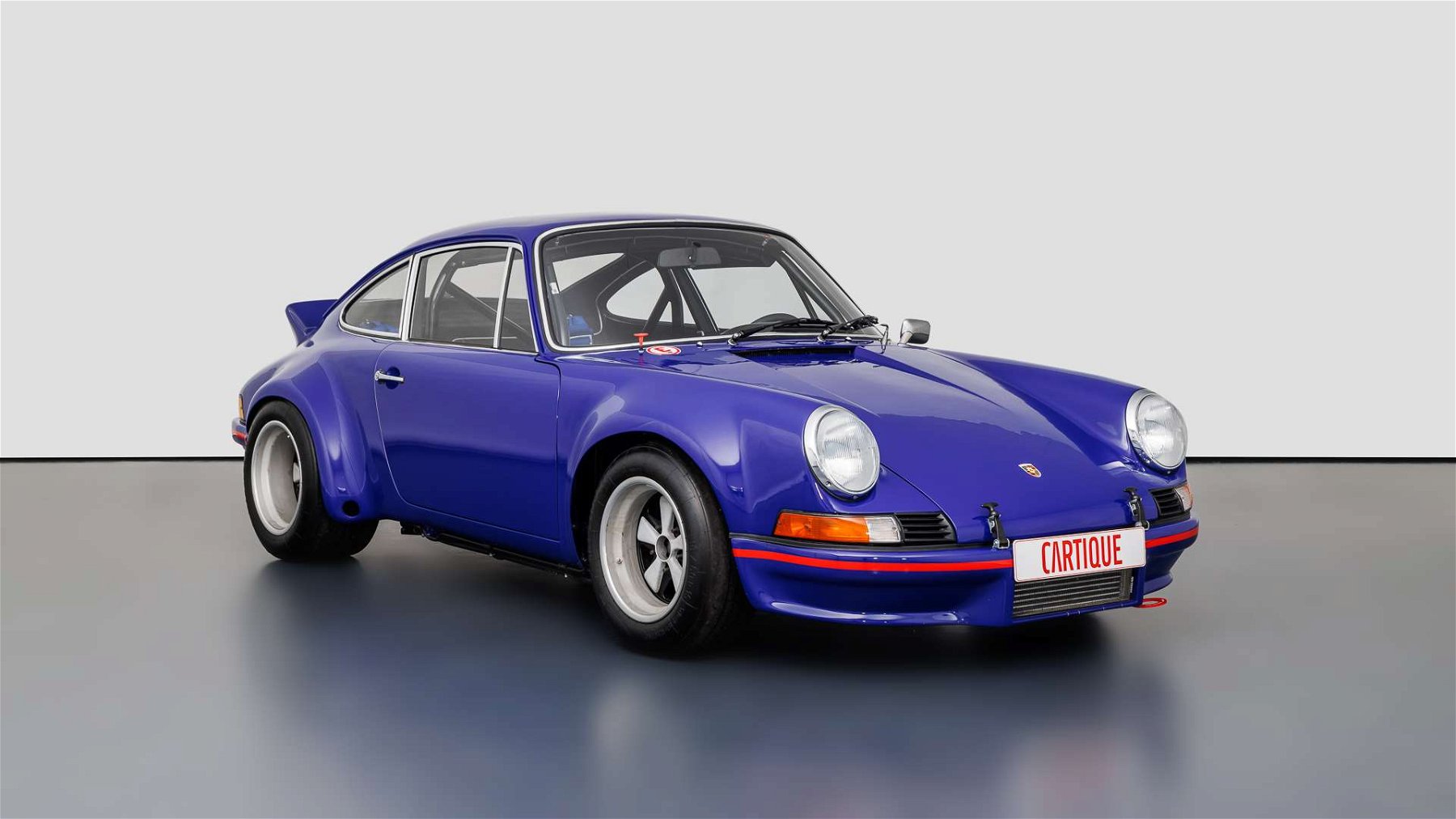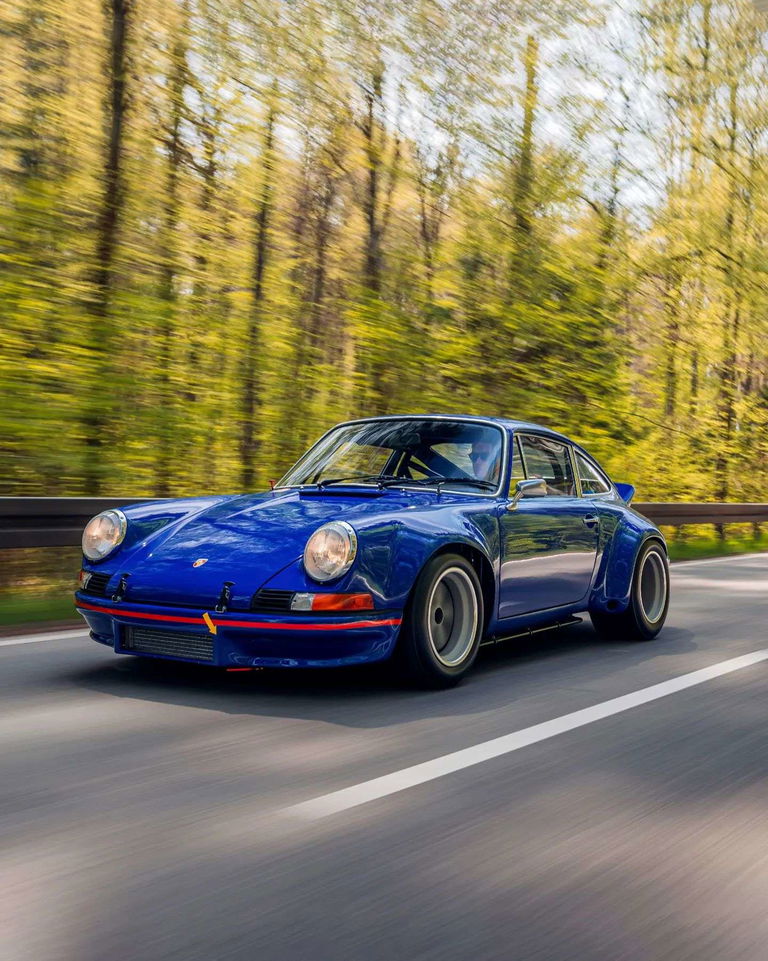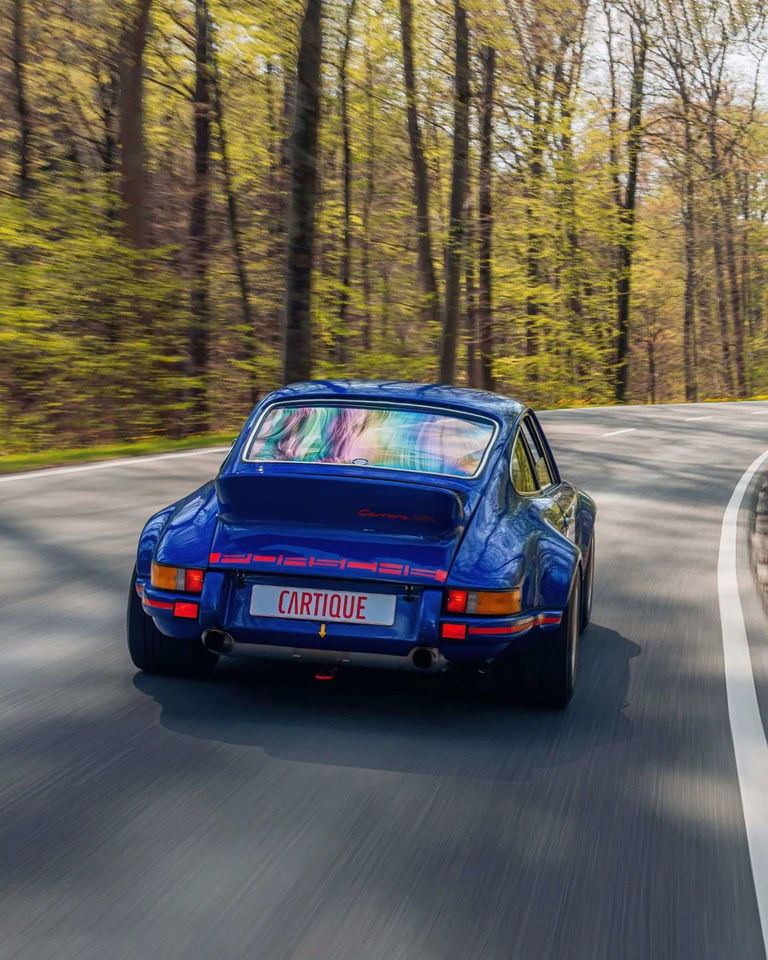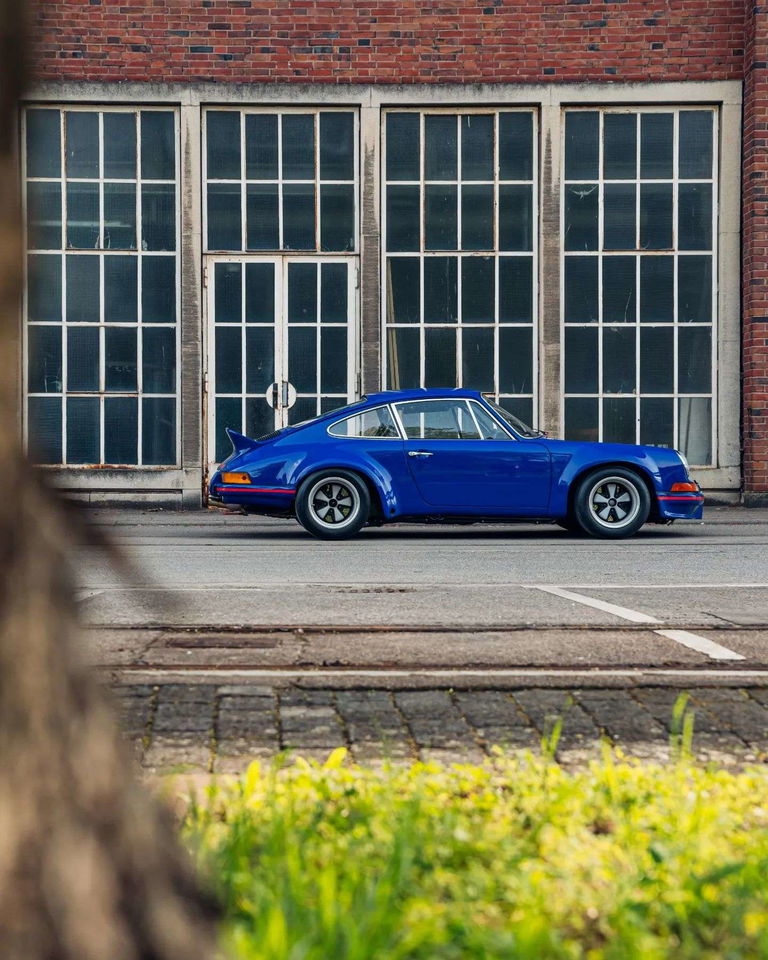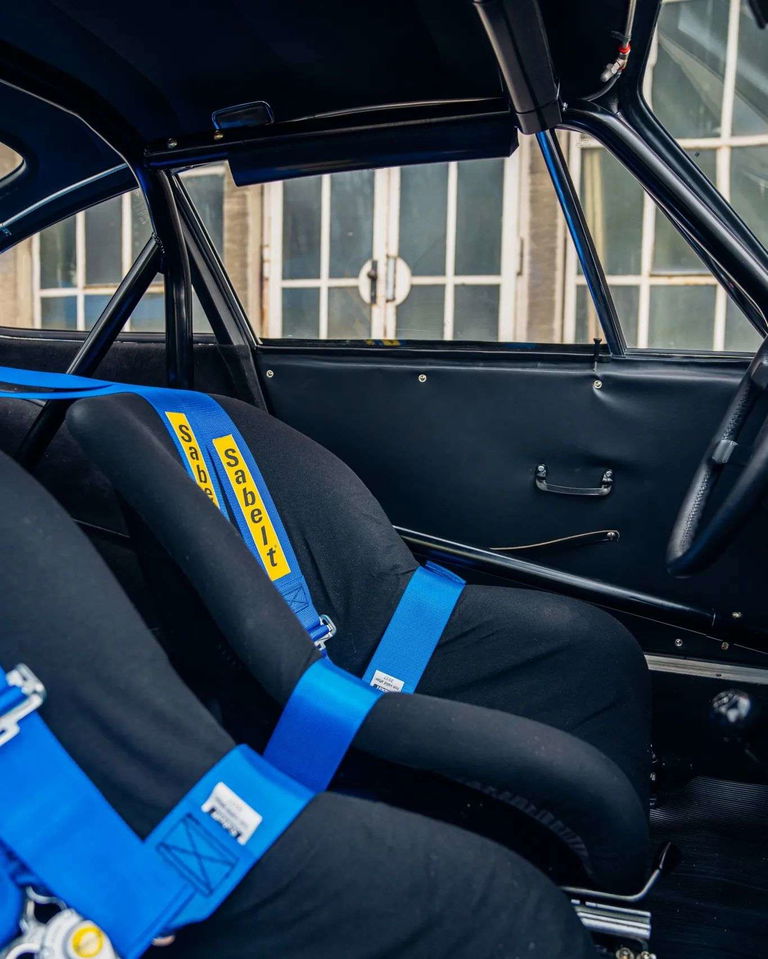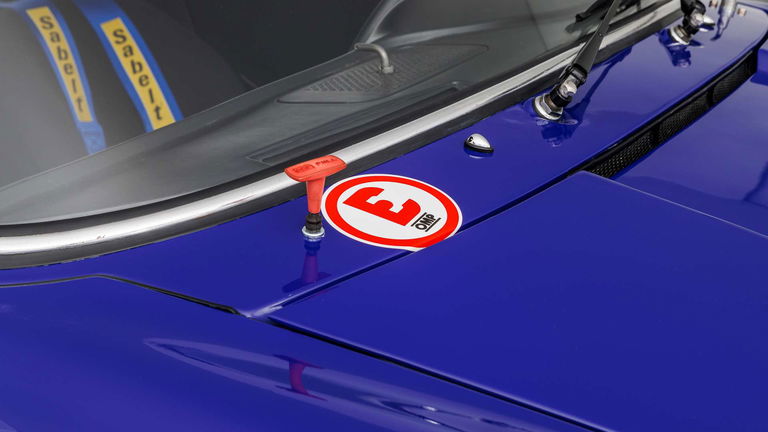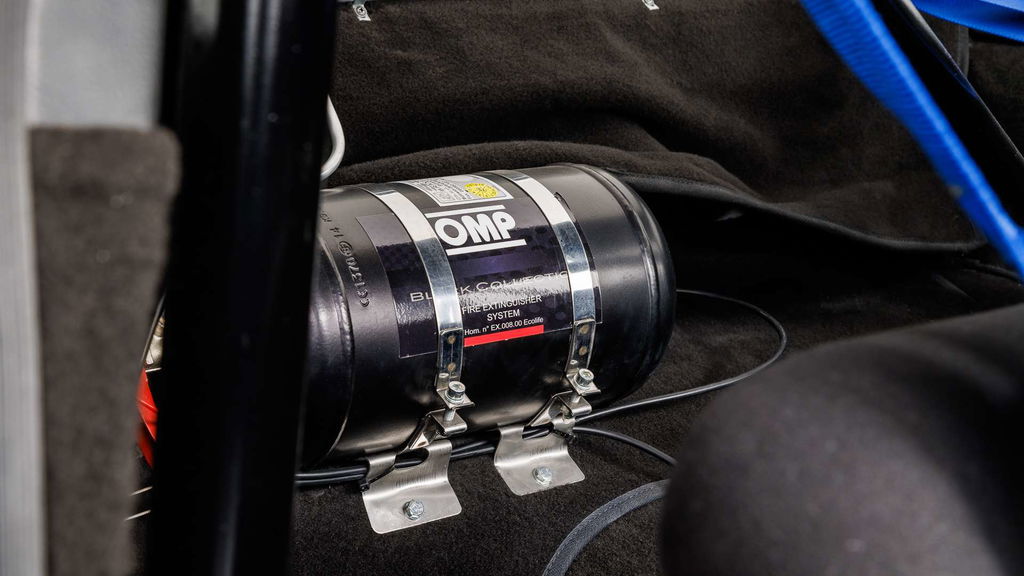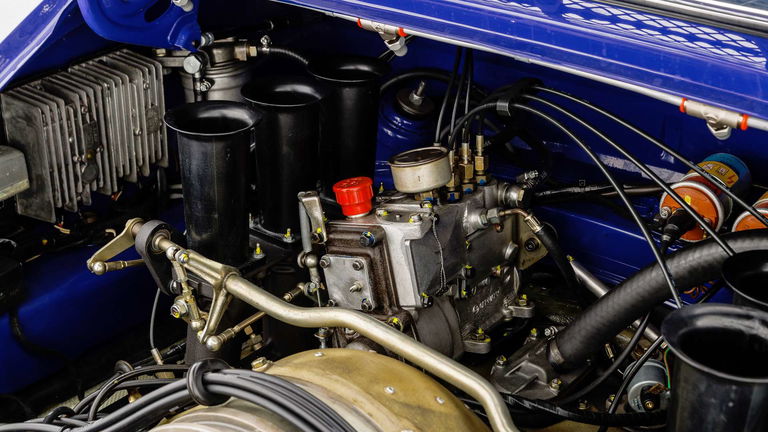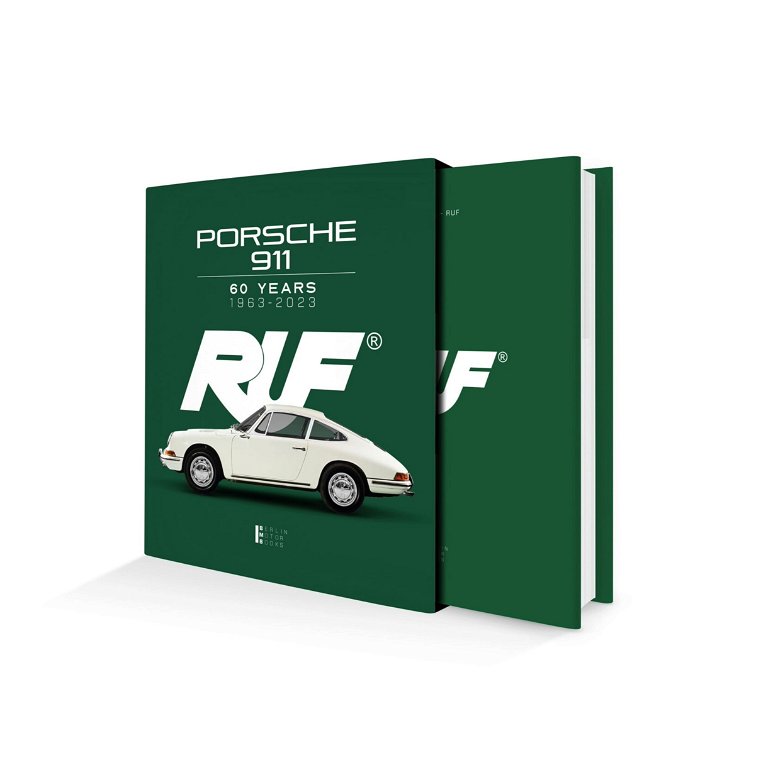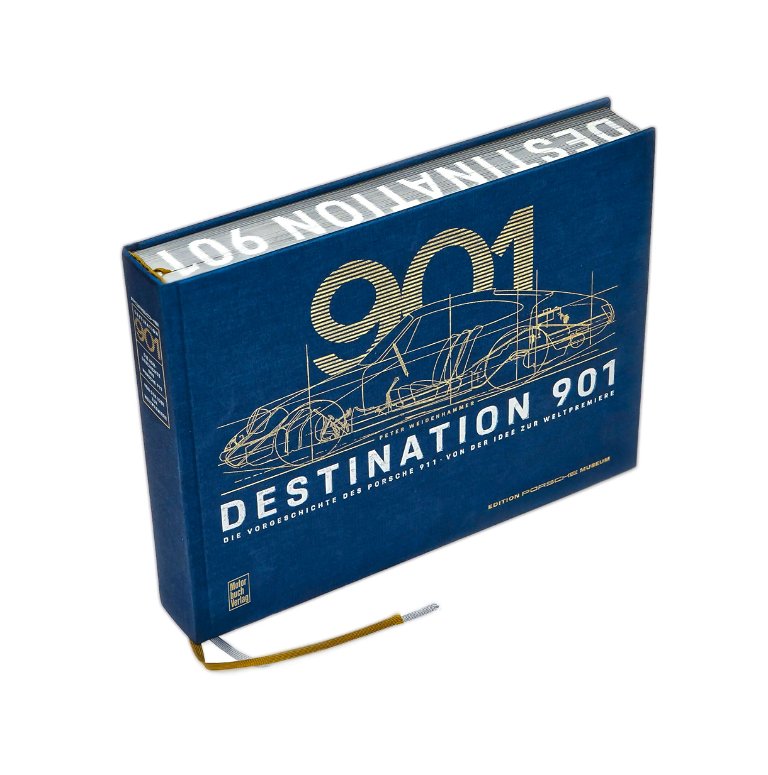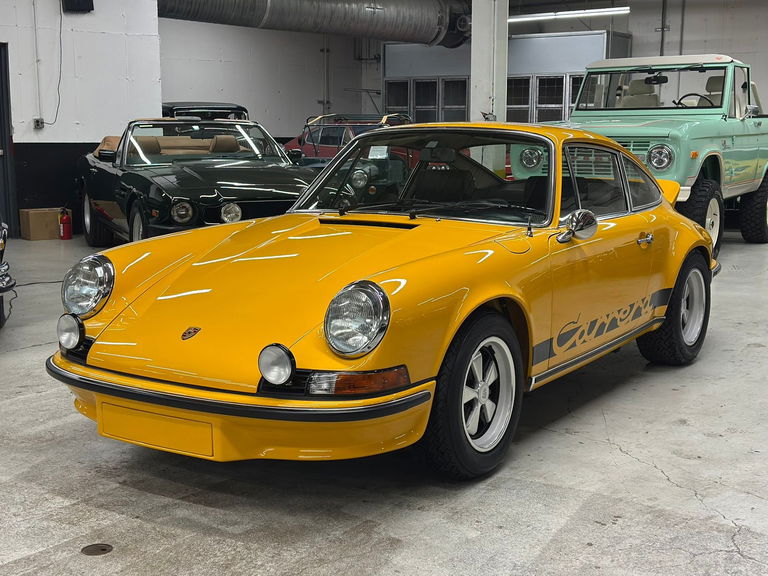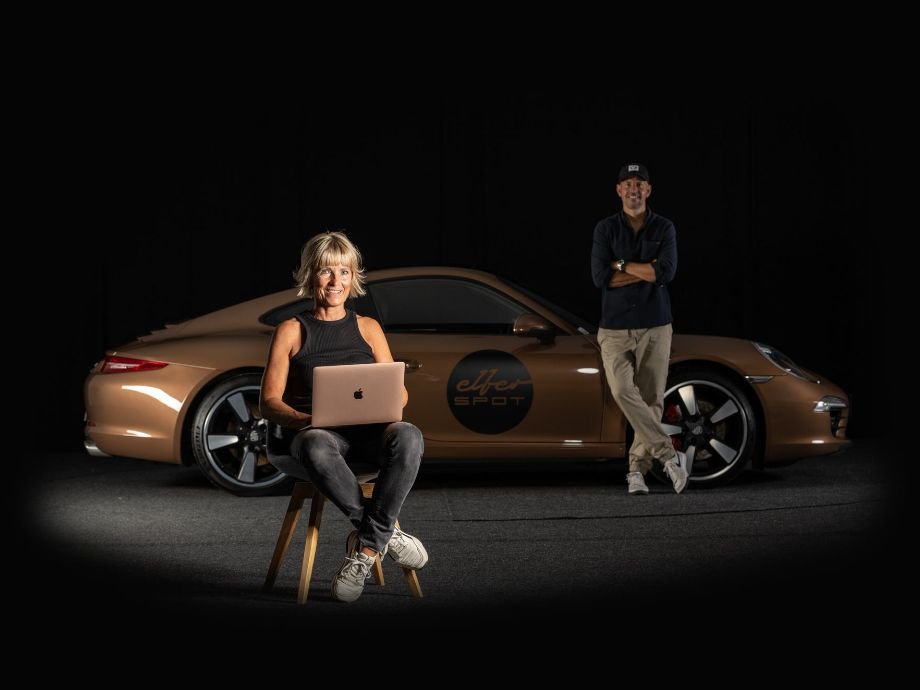Here, too, the car achieved an impressive overall victory. Four more races followed in 1973, in Monthléry, Remiremont, Turckheim and Urcy, but the previous successes could not be repeated. In 1974, chassis #791 was sold to the Frenchman Claude Pigeon from Rennes. He uses the car twice during the season. At the "Ronde de la Baule" with starting number 1, Pigeon triumphed with first place. At the race in Languille, Pigeon starts again, but has to drop out due to a technical defect. In 1975, the meanwhile race-proven car changed hands again, but remained in France. Alain Leroux, the new owner, also has ambitious racing plans for chassis #791. On March 23, 1975, Leroux starts with his second driver Joel Laplacette at the "2 heures de l'ACO" and achieves a respectable 4th place in group 4. This race should serve as preparation for the highlight of every racing driver's career. Taking part in the legendary 24 Hours of Le Mans. On June 25, 1975, chassis #791 took part in the ultimate endurance race. In addition to Alain Leroux and Joel Laplacette, the former owner Claude Pigeon, who was asked to start because of his experience on the car, is named as a driver. After 24 hours, the RSR successfully crossed the finish line in Group 4 in 10th position. A respectable result considering the strong, factory-backed competition. In 1976, Alain Leroux sold chassis no. 791 to Mr. Pierre Renauld from Nancy / France, who also uses the car in numerous competitions, including the Tour de France. In the years that followed, the car was also used in numerous rallies. The car will be driven by the later European Rally Champion Yves Loubet, among others. In 1989 the car was sold again in Paris and subsequently extensively restored according to delivery specifications. The current owner will have an FIA passport issued for the car in April 2020, which means that the car can now be registered for all historic motorsport events. This fully operational 911 Carrera 2.8 RSR offers collectors with the highest demands the rare opportunity to be able to successfully use a unique Porsche with a successful racing past in the future.
Our sales staff will be happy to answer any detailed questions you may have at any time. Please note that vehicle inspections are generally only possible by prior appointment.
The Porsche 911 Carrera 2.8 RSR
In October 1972, the Porsche 911 Carrera 2.7 RS was presented at the Paris Motor Show. The primary goal of the new variant was homologation for motorsport, as the 911 2.4 S, which had been the most powerful up to that point, was no longer able to compete with the competitors' touring cars with larger displacements. At that time, Group 4 required a minimum of 500 copies for homologation in the regulations, which were to be sold with only a small surcharge for the most powerful model in the regular model range to date, the 911 S 2.4, in order to achieve FIA approval. However, the initially planned edition of 500 pieces was quickly sold. Therefore, production was continued and increased to 1,000 pieces, which then also made homologation in Group 3 possible. The designation "Porsche 911 Carrera 2.7 RS" is made up of "Carrera", which has been used since the Porsche 356 as a supplement for particularly sporty road models, as well as "RS" for "racing" and 2.7 for the cubic capacity of the engines. The Carrera RS was Germany's fastest production car at the time. The hallmark and status symbol of the Carrera RS was the rear spoiler, the so-called "ducktail", which in driving tests increased the top speed by 10 km/h compared to the version without spoilers and ensured driving stability. In addition, different tire dimensions were fitted at the front and rear (v: 185/70 VR 15 h: 215/60 VR15). To accommodate the wider tires under the body, the rear fenders were flared and widened. In addition, the "Carrera" lettering on the side was a typical identifying feature. The Porsche 911 Carrera 2.7 RS was available with the Sport-Pak.et (RS / M471). According to the literature, this version cost DM 34,000 and was built approx. 200-217 times (deviations in the literature). Due to the thin sheet metal body used in the early vehicles, the plastic bumpers, Porsche emblems as stickers and other weight-reducing measures, the weight was just under 1,000 kg. The sports version was suitable for motor sports, but still suitable for everyday use. Alternatively, the touring package (RSL / M472) was offered, which offered a little more comfort. It contained roughly the equipment of the Porsche 911 S, which increased the weight to just under 1,100 kg, but in return you had normal seats, rear vent windows, a rear bench seat, a normal Porsche emblem and normal door handles. The bumpers known from the 911 S were also fitted. The touring version cost 36,500 DM, approx. 1,280-1,308 units were produced (deviations in the literature). The conversion to a racing car (RSR / M491) cost around 25,000 DM extra. In return you received a 911 2.8 RSR according to Group 4 regulations with 2.8 liters displacement and 300 hp, which was again competitive against the Ford Capri and BMW Coupe touring cars with more horsepower and displacement. Only 55 RSR were built in total.
